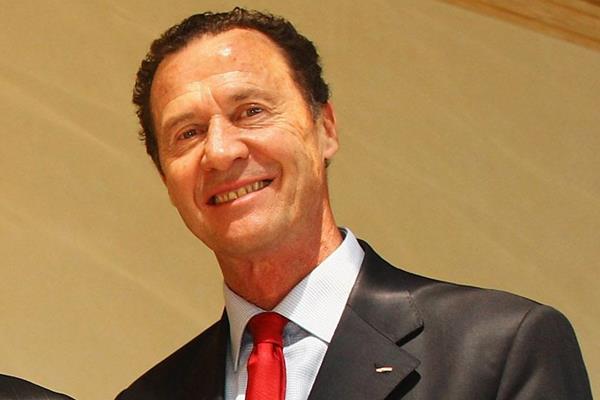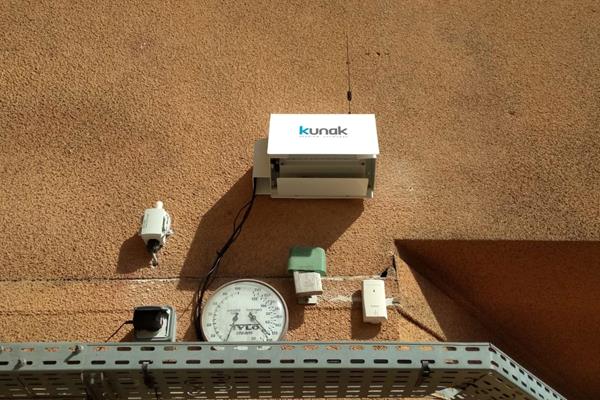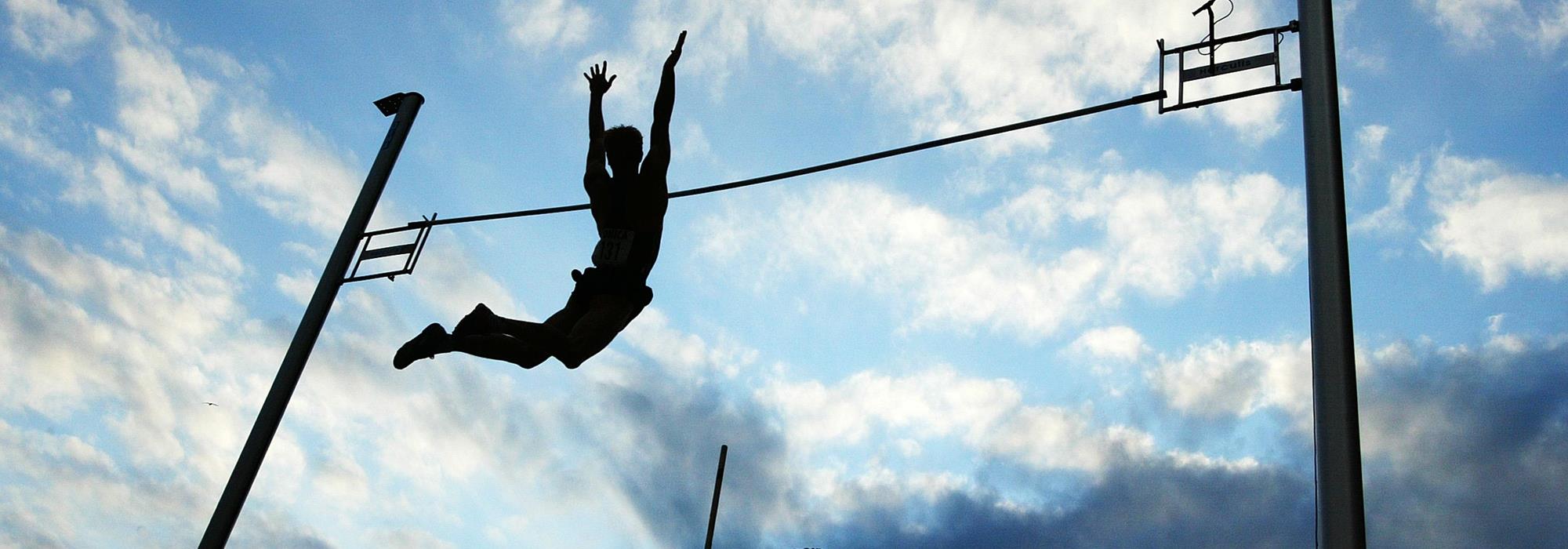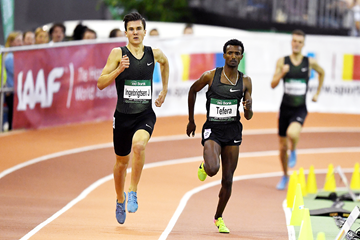Organisers of 2019 Herculis EBS IAAF Diamond League meeting on Friday (12) are aiming to not only host another spectacular edition but also, for the first time in athletics history, to produce an event where the stadium’s air quality will take centre stage.
Through a collaborative effort between the Monegasque Ministry of Environment, the Monegasque Athletics Federation (FMA), the IAAF and Stade Louis II, where air quality monitoring devices have been installed, athletes and spectators will be able to view the stadium’s live air quality data delivered in real time via the meeting’s website. The objective is to bring about greater awareness about air pollution, a silent killer that claims the lives of 7 million people each year, according to figures from the World Health Organization (WHO).
Heeding the call for urgent action, the United Nations declared air pollution as a theme for 2019 and this FMA initiative is one significant way through which athletics has become involved.
Over the course of the year since the launch of the IAAF / UN Environment (UNEP) Clean Air Campaign, Monaco has undertaken several noteworthy engagements in this domain:
- 20 July 2018: IAAF conducts an air quality monitoring device tender process in Stade Louis II
- 17 September 2018: At a ceremony attended by IAAF President Sebastian Coe, former UN Environment representative Fanny Demassieux and IAAF Council Member Sylvia Barlag, HSH Prince Albert II is presented with the stadium’s first air quality device
- 5 June 2019: To mark World Environment Day, the Principality becomes a member of the BreatheLife City campaign. Together with other BreatheLife campaign partners and the WHO, the campaign focuses on inspiring citizens and cities to take concrete actions to clean the air we breathe by 2030. BreatheLife is a city-focused campaign that asks governments to set goals to meet WHO air quality safe levels and inspire citizens and municipalities to make clean choices for transport, energy and waste management.
- 13 June 2019: IAAF installs the second air monitoring device in Stade Louis II
- 12 July 2019: The Herculis EBS meeting to publish live air quality data from Stade Louis II on its website during the entire competition.
With the effects of climate change and air pollution increasingly making headlines around the world, the FMA initiative illustrates how sport can play an important role in bringing greater awareness about environmental issues.
“I am very happy about this project because it is great progress for athletes’ health as well as spectators,” said meeting director Jean-Pierre Schoebel. “Air quality is something that we should all be concerned about and I hope that this project succeeds and that we will continue it next year for the 34th edition of our meet.”

An athlete running at 70% of maximal oxygen uptake for the length of a marathon (roughly three hours) inhales the same volume of air as a sedentary person would in two days. Regardless of the discipline, one cannot ignore the countless hours spent training and competing and the fact that athletes are becoming more and more particular about where they train and where they compete. By opting to share air quality in Stade Louis II, the FMA demonstrates its commitment for transparency in this domain, an act other meetings will be encouraged to follow.
“The activity of athletes happens mostly in the track and every stadium is different,” said Miguel Escribano, Business Development Manager at Kunak, the IAAF’s air quality monitoring device supplier.
“So, the challenge is to always be able to monitor as close as possible to the activity in real time and with enough accuracy. Although the data we obtain is not meant to be used for regulatory compliance purposes, with high accuracy, one can build indicators and insights that are useful to protect the health of general population and improve the performance of athletes. In Stade Louis II for example, with valuable information on the hourly variability of pollutants, we can identify the best and worst periods of the day for training and competition to avoid hotspots.”

An ongoing IAAF five-year study on air quality will enable its health and science department to study the correlation between air quality and athlete performance, following on from its preliminary research which found a performance reduction in highly polluted environments.
IAAF President Sebastian Coe has said that air quality will be an important factor for cities bidding to host IAAF events and hopes that by revealing air quality data, more cities will take action for the health and well-being of athletes and their local communities.
Christiana Figueres, the former head of the United Nations Framework Convention on Climate Change, has praised the IAAF for its clean air campaign and urged Tokyo 2020 to follow suit and install air quality monitoring devices in all the venues of the upcoming Summer Olympic Games. Her call illustrates her belief in the power sport has to promote environmental awareness and shows how Monaco, through the support of HSH Prince Albert II who serves as President of the FMA and chairs the IOC’s Sustainability and Legacy Commission, are bringing athletics to the forefront of those calls to action.
As has become tradition, this year’s Herculis meeting will showcase strong middle distance events. The men’s 1500m will feature Olympic champion Matthew Centrowitz, world champion Elijah Manangoi and world indoor record-holder Samuel Tefera, who will be running in Stade Louis II for the first time. The women’s mile will be dedicated to Gabrielle Grunewald, the US athlete who recently passed away after fighting a 10-year battle with cancer, and who set her career best in Monaco at the meeting’s 2013 edition.
In tribute, the event has been renamed the ‘Brave Like Gabe Mile’, and will include a field of three athletes who have all set world records in the Principality: Genzebe Dibaba, who broke the 1500m world record in 2015; Beatrice Chepkoech, who set the 3000m steeplechase world record last year; and Sifan Hassan, who set the world 5km road record earlier this year.
This year’s meeting will not only provide many breath-taking moments but will also offer an opportunity for fans to think about the quality of air that they breathe.
IAAF







 Countdown
Countdown





